2015 by the Board of Trustees
of the University of Illinois
All rights reserved
Manufactured in the United States of America
1 2 3 4 5 C P 5 4 3 2 1

This book is printed on acid-free paper.
Library of Congress Cataloging-in-Publication Data
Threat, Charissa J., 1976
Nursing civil rights : gender and race in the Army Nurse Corps / Charissa J. Threat.
pages cm. (Women, gender, and sexuality in American history)
Includes bibliographical references and index.
ISBN 978-0-252-03920-1 (cloth : alk. paper)
ISBN 978-0-252-08077-7 (pbk. : alk. paper)
ISBN 978-0-252-09724-9 (e-book)
1. United States. Army Nurse CorpsHistory. 2. United States. ArmyNursesHistory20th century. 3. Military nursingUnited StatesHistory20th century. 4. African American womenHistory20th century. 5. Male nursesUnited StatesHistory20th century. 6. Discrimination in employmentUnited StatesHistory20th century. 7. Civil rightsUnited StatesHistory20th century. 8. Sex role in the work environmentUnited StatesHistory20th century. 9. World War, 19391945Participation, African American. 10. World War, 19391945WomenUnited States.
I. Title. II. Title: Gender and race in the Army Nurse Corps.
UH493.T57 2015
355.3'45dc23 2014042894
To my sister Channa for support that knows no bounds.
And to my mother Jackie and brother Calvin.
Acknowledgments
Certainly, the saying it takes a village holds true for many things in life, and no less for the completion of a book. While the work of a historian is often solitary, it is by no means without a large group of family, friends, and colleagues to help move a project along. I am going to try my best not to forget to acknowledge all those without whose support this book would never have been completed.
I was quite fortunate to complete the work upon which this book is based under the direction of Leslie Schwalm at the University of Iowa. She is, without a doubt, an amazing mentor, advisor, and friend who believed in this project from the beginning and whose constant support, intellectual and otherwise, made this possible. I owe Johanna Schoen my gratitude for her generous reading of every aspect of the drafts and proposals on this subject. I would be remiss if I did not also thank two early mentors in my academic career, Fredrik Logevall, who eons ago, when I was an undergraduate at UCSB, stirred my interest on the topic of army nurses; and to Mary Farmer-Kaiser, who, as a young junior faculty member at University of LouisianaLafayette, took on a masters student without fear.
I am indebted to a long list of wonderful colleagues and friends who read this material, helped me hone the project, participated on various panels with me, kept me sane, plied me with food and drink, and always managed to make me smile through the craziness. I owe a special thanks to my colleagues and amazing writing group at the University of Iowa, who helped me frame and reframe my arguments and ideas over the course of too many years: Christy Clark-Pujara, Sharon Romeo, Karissa Haugeberg, Megan Threlkeld, John McKerley, and Cari Campbell. I would also like to acknowledge my gratitude to Kara Dixon Vuic, Christine Knauer, Kimberly Jensen, Katherine Luongo, and Carol-Ann Farkas for giving generously of their time in reading material, asking questions, and providing wonderful intellectual sounding boards.
My readers at the University of Iowa Press, including Susan Malka and my anonymous reader, were quite generous in their advice and questions. Their suggestions have made this book better than I could have hoped. Thank you as well to my editor, Laurie Matheson, copyeditor Julie Gay, and the rest of the support team at the University of Illinois Press; they have made the publishing process smooth and seamless.
This book would have not been possible without the tremendous amount of help I received from the staff at a number of archives and libraries, including the Case Western Historical Society; Moorland-Spingarn Research Center at Howard University; the Army Nurse Corps Archives and a series of amazing ANC archivists who answered all my questions and graciously allowed me access to their records; and Diane Gallagher at the Howard Gotlieb Archival Research Centers Nursing Archives and Richard Barry at the ANA headquarters, both of whom have taken the time and energy to help me navigate the massive ANA collection. I would also like to acknowledge the financial support I received in the process of completing this project, including support from the Graduate College and the History Department at the University of Iowa, and the History Department at Northeastern University.
Finally, working on a book requires not only endless support but also good-natured patience from family members; I am eternally grateful for a large extended family for keeping me grounded throughout the completion of this work. My dear extended family, Maria Donaire-Cirsovius and Ruediger Cirsovius, Ray and Evie Christian, Christy and Jesil Pujara, Kate Luongo, Rebecca Cronin, Heitiare, Tina, Jay, and the rest of my California family. Tom and Ebba Schoonover always believed I could do it and are two of the most wonderful grandparents and mentors a person could be lucky enough to have in this life. And to my mother, Jackie St. Germain; my stepfather, Steve St. Germain; my brother Calvin Threat; and my twin sister Channa Threatthank you all for loving me and caring for me throughout the years.
Introduction
In the spring of 2000, the third African American female chief of the Army Nurse Corps (ANC) was informed that the first male nurse had been nominated as her replacement. In response, Brigadier General Bettye H. Simmons wrote, The diversity of our members has made us smarter as an organization and stronger as a Corps. Simmonss comments, however, disclosed little about the historic relationship between the Army Nurse Corps and the movements for social justice during the twentieth century.
The mid-twentieth-century campaigns to integrate the U.S. Army Nurse Corps were part of a larger civil rights struggle. Between the early twentieth century and the war in Vietnam, African American female nurses and white male nurses labored simultaneously to re-imagine standard ideas of nurses as white and female. While not a unified movement, the push by both African American female and white male nurses for access to and participation in the U.S. Army Nurse Corps employed the language of rights and discrimination. These efforts attracted race rights advocates and organizations such as national civil rights leader Walter White and the National Association for the Advancement of Colored People (NAACP) who saw in the campaign to end the discriminatory practices of the ANC an additional space to reach for racial justice.

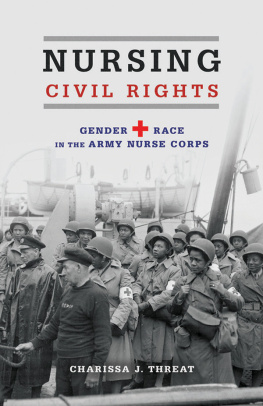



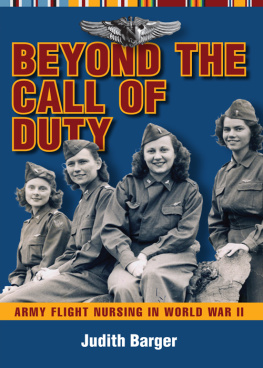
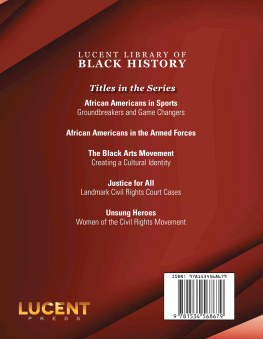
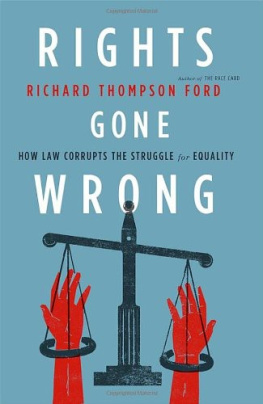
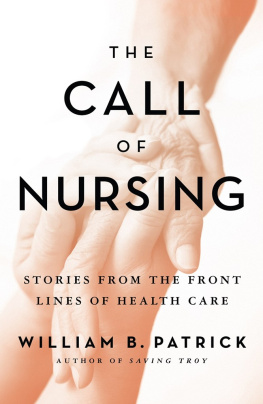
 This book is printed on acid-free paper.
This book is printed on acid-free paper.